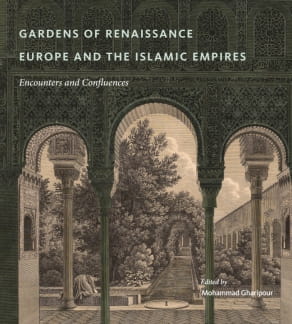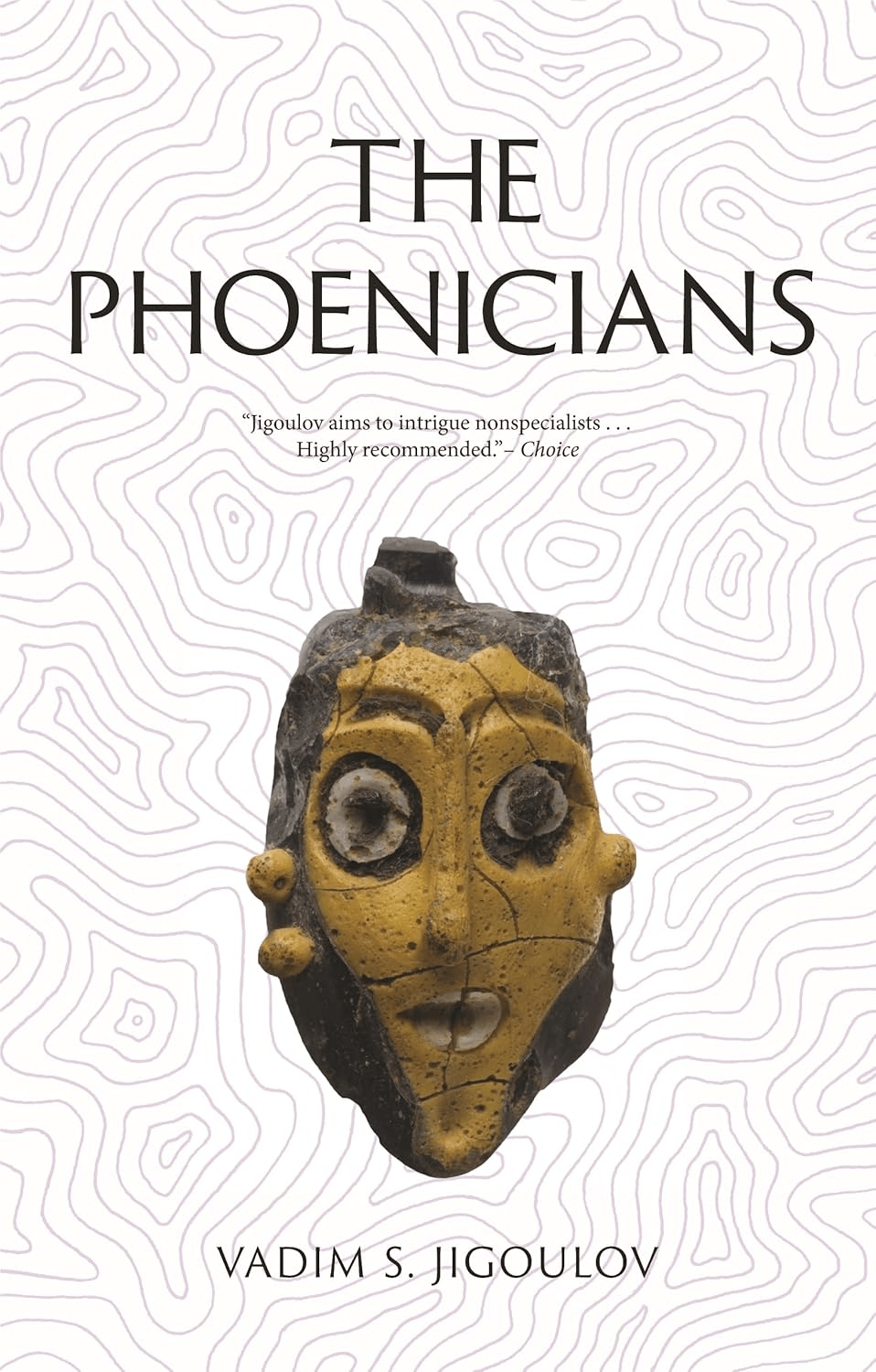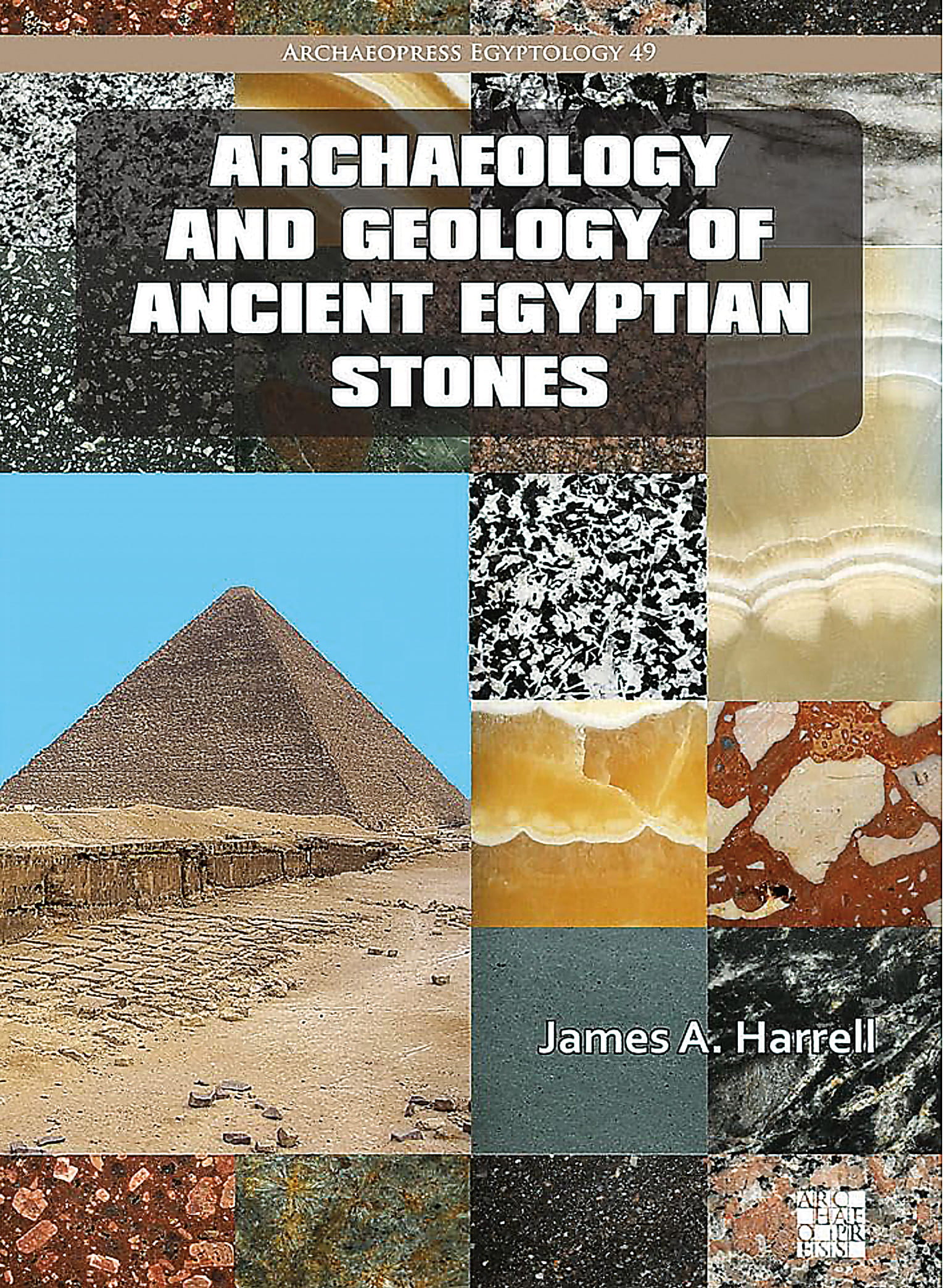
Gardens of Renaissance Europe and the Islamic Empires: Encounters and Confluences
Tom Verde
Mohammad Gharipour, ed.
2017, Penn State UP, 978-0-27107-779-6 $94.95 hb.
While establishing diplomatic relations and trading goods during the Renaissance, the Ottoman East and European West discovered they also shared a passion for gardens and garden design. European narratives of travel to the major Islamic empires of the day—Ottoman Turkey, Safavid Persia and Mughal India—include descriptions, drawings and sketches of cities and their gardens. These added “to the reciprocal flow of ideas and concepts in terms of architectural and garden design,” including the “exchanges of gardeners” and “horticultural or irrigation techniques.” Vivid descriptions of Ottoman gardens, for example, led to the French court’s replacement of Italian gardeners with Ottoman specialists after 1495. The “gardens of Mughal emperors served as models” for the Lisbon gardens of Portuguese envoys to Goa and became “symbols of wealth and status.” In the cultural rivalry between Rome and Istanbul, “villa gardens constituted a stage for outdoing each other.” This collection of scholarly, yet readable, well-illustrated essays closely examines how Islamic and European garden traditions interacted and influenced one another.
You may also be interested in...

Discoveries From Phoenician Seafaring City-States Reveal Trade, Not Conquest Bound Mediterranean World
Author Vadim S. Jigoulov’s The Phoenicians reveals that Phoenicia’s seafaring city-states bound the Mediterranean world via trade rather than conquest.
Archaeology and Geology of Ancient Egyptian Stones—Book Review
In categorizing the stones the ancient Egyptians used, author James A. Harrell unites geology, archeology and cultural history in one monumental reference.